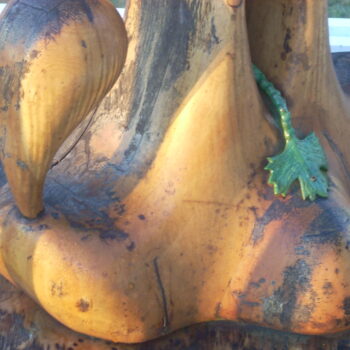
Salus Health Care Forum. December 2024
Gay
The bonding is with their IPAD babysitter.
Jeremy
Yes, I see it all the time. They’re just mesmerized by these digital devices. And it’d be interesting to see the discernment of type one versus type two fun. I agree with you, Gay, that type one fun probably is dopamine heavy. There may be a dose of adrenaline. Jack, the zone you enter is conceptually interesting. Maybe you got into a flow state and that flow state involves the introduction of a complex neurotransmitter. And this flow state may include an EEG brainwave phenomenon that has some very interesting outcomes for people. Furthermore, it’s very hard to get into the flow state without a challenge being present. And it requires a fairly substantial challenge.
Mark could probably testify to this challenge. His songwriting could be very challenging—but it’s taking him to a new place of confidence and capability in his writing. So on the positive side, I think that type two fun is very important. It provides a way to maintain a challenge state versus a threat state. If someone was shooting at Jack while he ran the turkey trot, I think he might’ve had a slightly different outcome. More like what Bill Glanders brings up.
If the external environment signals a clear threat, obviously the threat response is necessary. It kept all our ancestors alive. The reasons we’re here is that our ancestors recognized threats and escaped or avoided them. They gave birth to the next generation and avoided being consumed by the lions—or gave birth before the lion consumed them! So, we tend to be very astute about threat. In fact, we seem to be overdoing it. I would suggest that social threats are now overstimulating us.
Bill B
I wanted to make life a bit more complicated than what Jack provided in his analysis. There might be fun 2A and fun 2B. Gay was saying that the moment of joy comes when you’re done with the run. However, the work on flow provided by Csikszentmihalyi suggests that in some settings it’s type two, but the flow is there in the middle of the event. We see this with rock climbing for instance.
Jack
Well, I think there actually might be four types of fun. I’m just familiar with one and two, but I appreciate your point regarding 2A and 2B. I think there may be type three and four because rock climbing as one of those activities that is painful in the moment, but also fun in the moment. By contrast, running a marathon may or may not be fun during it; however, it definitely presents fun afterward. During the scary movie you’re horrified, terrified, and then somehow you enjoy the experience—at least some people do. I don’t, I don’t enjoy it. So, I think there are multiple forms of fun. And I think there’s a growing science behind these types of fun. I heard about this science of fun on NPR. My kids have been talking about it.
So I think there’s a growing biochemical science related to this analysis of fun as well. I’m not familiar with it, but it might be worthwhile for me to look into and report back to see if there’s some sort of neurotransmitter involvement. I know that adrenaline is involved when I’ve taken a scary ride. And I’m sure that adrenaline also is involved when I see a frightening movie. I think that The Shining was the last scary movie I saw. I was petrified and it was definitely fight or flight.
- Posted by Bill Bergquist
- On January 2, 2025
- 0 Comment



Leave Reply